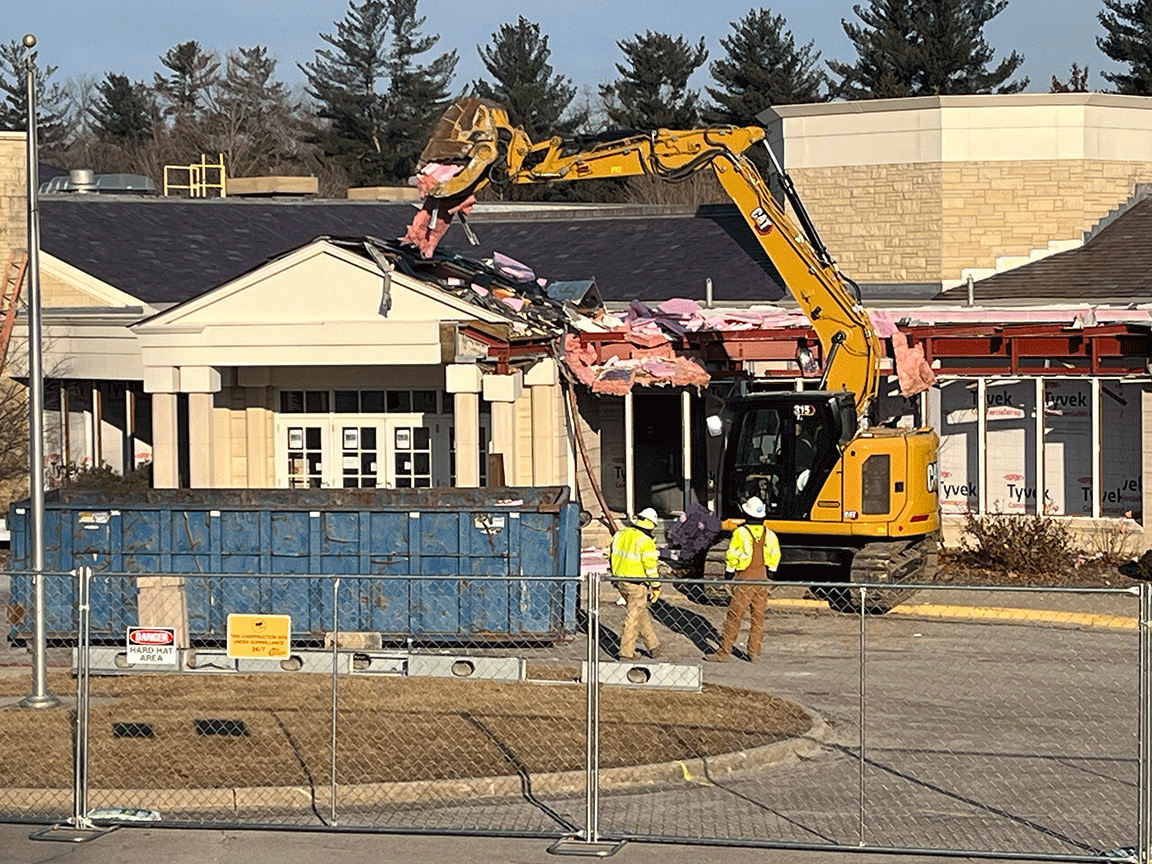WEST BRANCH, Iowa — A $20.3 million renovation began earlier this year at the Herbert Hoover Presidential Museum and Library in eastern Iowa.
The upgrades in technology at the museum are reminiscent of advancements during the 1920s when Hoover became president, said museum director Tom Schwartz, who served as the Illinois state historian for 18 years before becoming director at the Hoover library and museum.
Hoover was the first president to be on television, the first to have a telephone on his desk and he was often on radio, Schwartz noted.
Hoover was born and lived his first eight years in rural West Branch, Iowa. A replica of his boyhood home is featured on the museum grounds.
After his parents’ early deaths, he moved with his brother and sister and eventually landed in Oregon where they lived with an uncle.
Hoover graduated from Stanford in 1895 and then made his fortune as an international mining engineer and financier over the next two decades, according to the museum.
In 1917, the United States entered World War 1 and Hoover was chosen by President Woodrow Wilson as the head of the new U.S. Food Administration.
Under Hoover’s leadership, the Food Administration dramatically increased farm production by influencing market prices with massive government purchasing and appealed to the general public to voluntarily reduce consumption without resorting to rationing, according to the museum.
When World War I ended in 1918, Hoover returned to Europe as director-general of the American Relief Administration to distribute food and relief supplies.
As a result of his humanitarianism, Hoover was sought by both political parties as a candidate for president in 1920, according to the museum. Hoover eventually accepted President Warren Harding’s invitation to serve as Secretary of Commerce in 1921.
He backed government regulation of new industries like aviation and radio. He brought together more than 100 industries and convinced them to use standardized tools, hardware, building materials and automobile parts.
In 1928, when President Calvin Coolidge chose not to run for another term, Hoover easily won the Republican nomination. In the November election, he defeated Alfred E. Smith, the Democratic governor of New York, in a landslide.
In 1960, Hoover decided to donate materials beginning with his time as secretary of commerce onwards to the Herbert Hoover Presidential Library.
The renovation’s goal is a much more immersive experience designed to engage visitors with the stories of Hoover and his wife, Lou Henry, Schwartz said.
“We’re also going back to old technology where they (visitors) can physically handle artifacts,” Schwartz said. “It’s more engaging than using touch screens to watch historic video clips. Touch screens usually have a short shelf life and equipment changes every two or three years pose huge problems if you plan for an exhibit to last 10 to 15 years.”
Museum makeover
The Herbert Hoover Presidential Museum and Library is in the middle of a $20.3 million renovation. The entire project is privately paid for by the Herbert Hoover National Historic Site’s foundation.
The Herbert Hoover Presidential Library and Museum is one of 13 physical presidential libraries and museums that are part of the National Archives and Records Administration. It has also gone the longest between renovations, with the last one done in 1992.
Peek behind the curtain of the museum renovation at hoover
School and club groups still may get guided tours with advance planning through the site’s staff. Additionally, the Research Room remains open for use. Researchers are encouraged to make appointments by emailing hoover.library@nara.gov or calling 319-643-5301 to ensure staff can prepare for their visit.
A National Park Service report shows 103,804 visitors to Herbert Hoover National Historic Site in 2022 spent $6.86 million in communities near the park. That spending supported 101 jobs in the local area and had a cumulative benefit to the local economy of $9.14 million.

Herbert Hoover














